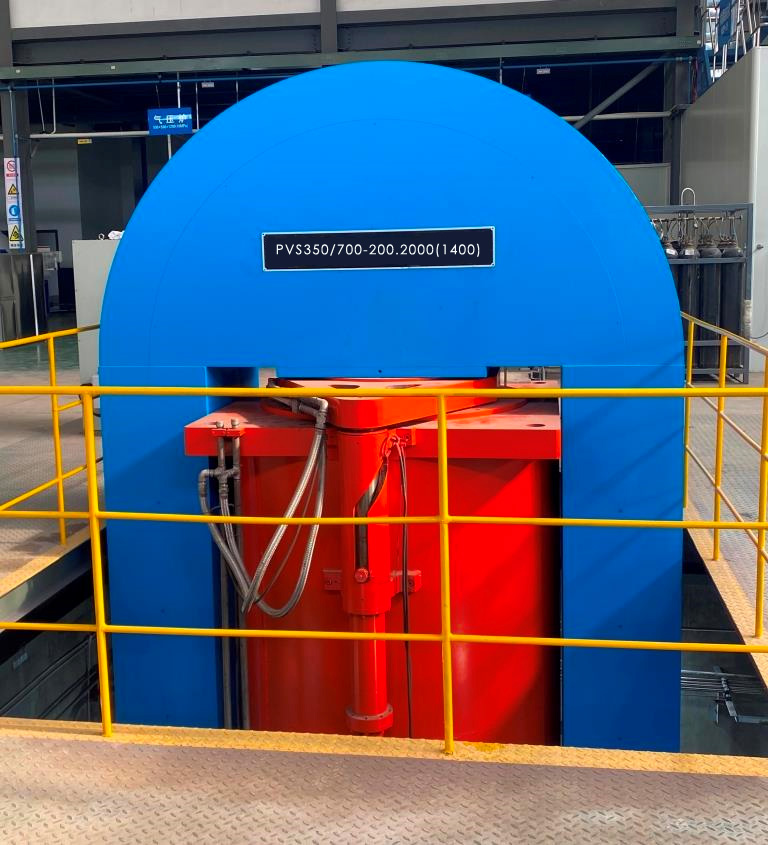Cold Isostatic Pressing vs. Hot Isostatic Pressing: A Comparative Overview
In the realm of materials processing, two powerful techniques stand out: Cold Isostatic Pressing (CIP) and Hot Isostatic Pressing (HIP). While both methods share the goal of enhancing material properties, they do so under different conditions, each offering unique advantages. Here's a comparative overview of Cold Isostatic Pressing vs. Hot Isostatic Pressing:
Cold Isostatic Pressing (CIP):
Cold Isostatic Pressing, often referred to as cold isostatic compaction, involves subjecting a material to uniform pressure from all sides. This is achieved by immersing the material in a high-pressure fluid medium and applying hydraulic pressure. CIP is particularly effective for shaping and consolidating powdered materials, creating intricate shapes and achieving high green density.
Hot Isostatic Pressing (HIP):
Hot Isostatic Pressing, on the other hand, takes the process a step further by combining high pressure with elevated temperatures. This method subjects a material to simultaneous high pressure and high temperature within a high-pressure chamber. HIP is used to densify materials, eliminate defects, and enhance properties through diffusion and consolidation. It's especially valuable for materials requiring improved structural integrity, reduced porosity, and higher mechanical properties.
Key Differences:
Pressure and Temperature: CIP involves cold compaction using isostatic pressure, while HIP employs both high pressure and high temperature to achieve densification and enhanced properties.
Applications: CIP is often used for shaping and initial consolidation of powdered materials, while HIP is favored for creating high-performance materials with superior mechanical properties and structural integrity.
Material Properties: HIP produces materials with improved uniformity, reduced defects, and enhanced mechanical properties compared to CIP.
Process: CIP is a cold process, making it suitable for materials sensitive to high temperatures. HIP, on the other hand, requires elevated temperatures for diffusion and consolidation.
Complex Shapes: CIP is excellent for producing intricate shapes, while HIP is commonly used for densification of complex geometries and critical components.
Choosing the Right Method:
The choice between Cold Isostatic Pressing and Hot Isostatic Pressing depends on your material's requirements, intended application, and desired properties. CIP is ideal for preliminary shaping and simple geometries, while HIP offers a comprehensive solution for enhancing material properties, minimizing defects, and achieving high-performance outcomes.
In summary, Cold Isostatic Pressing and Hot Isostatic Pressing represent distinct approaches to materials processing, each with its own advantages. The decision between the two depends on the specific goals of your project and the characteristics of the materials involved.





